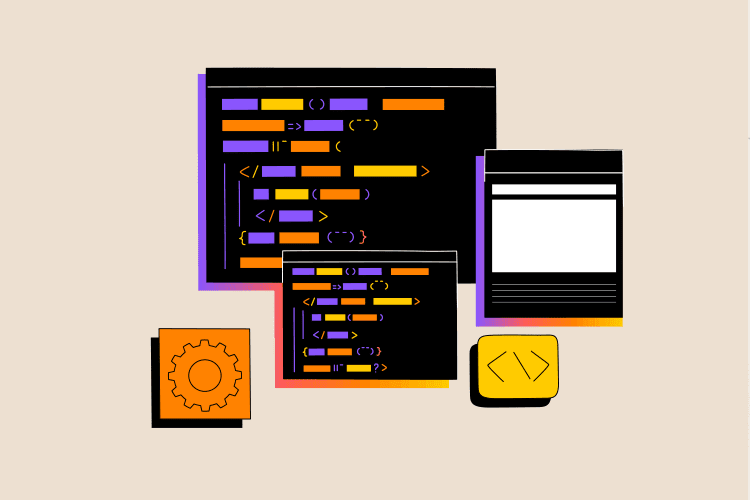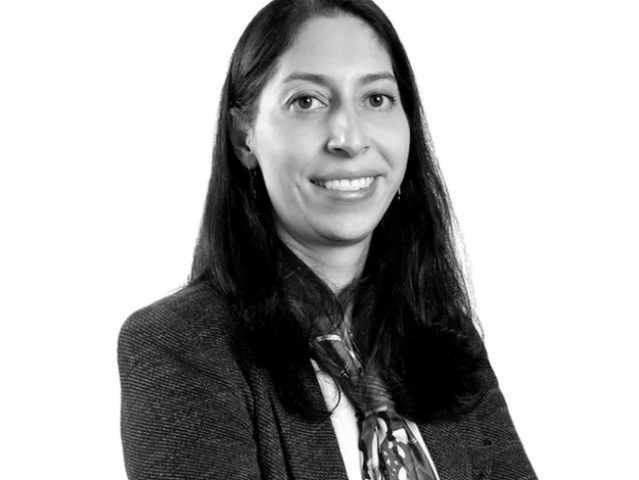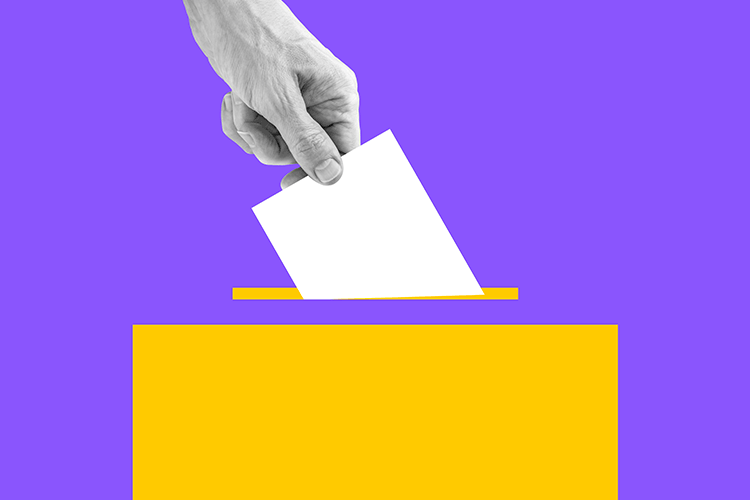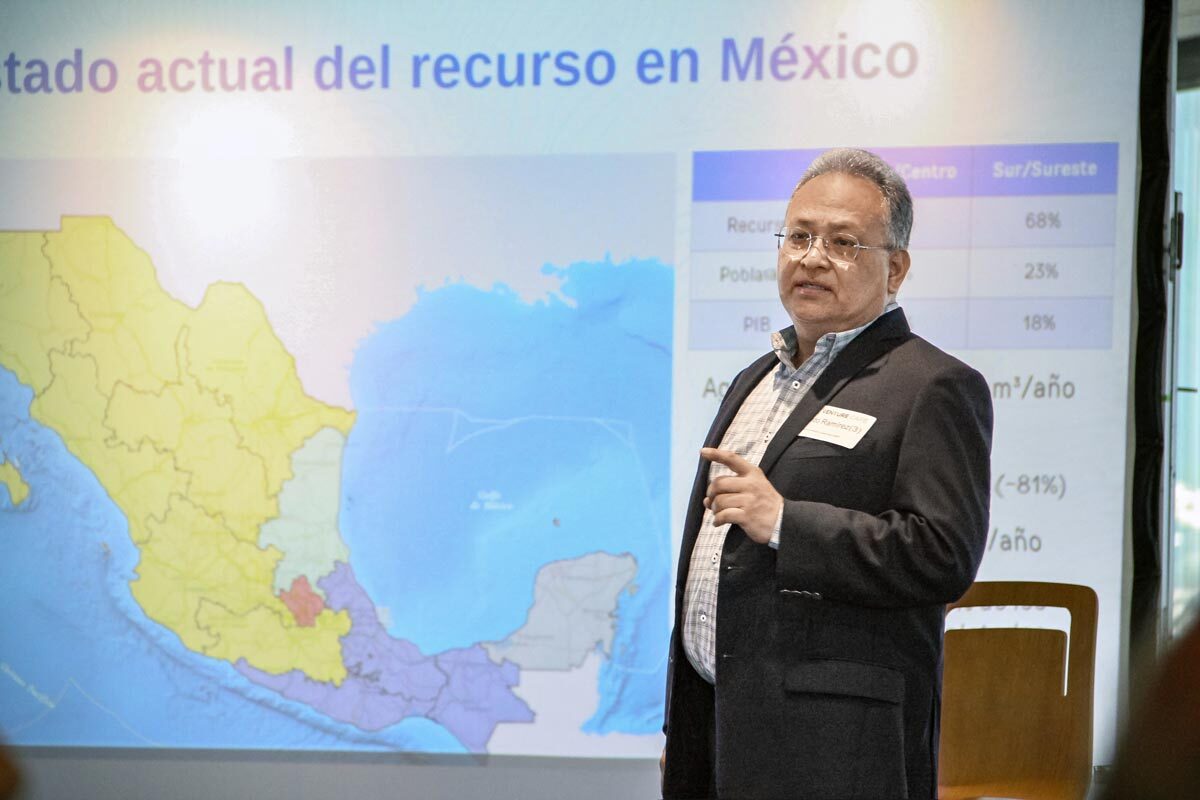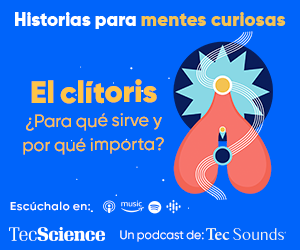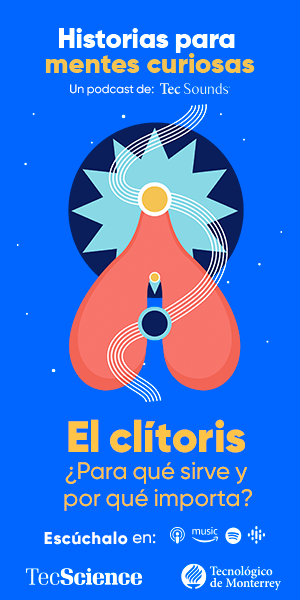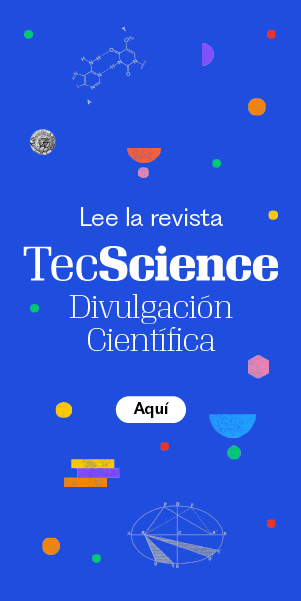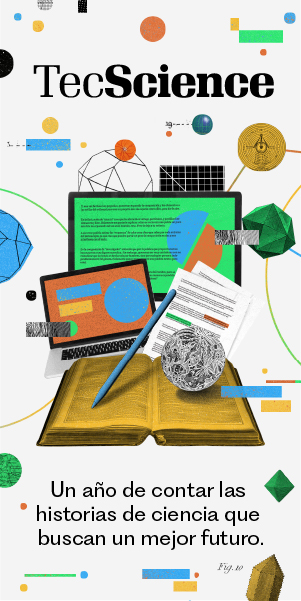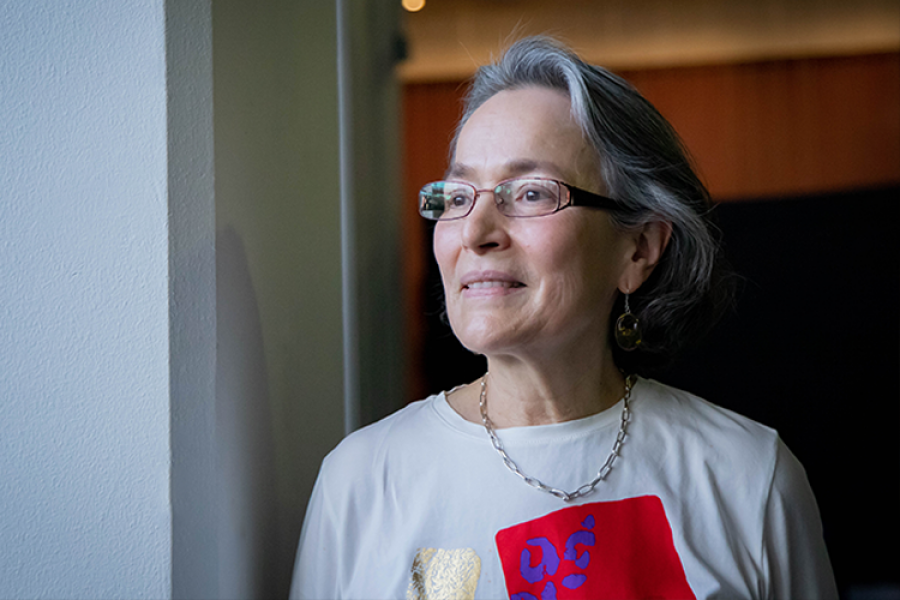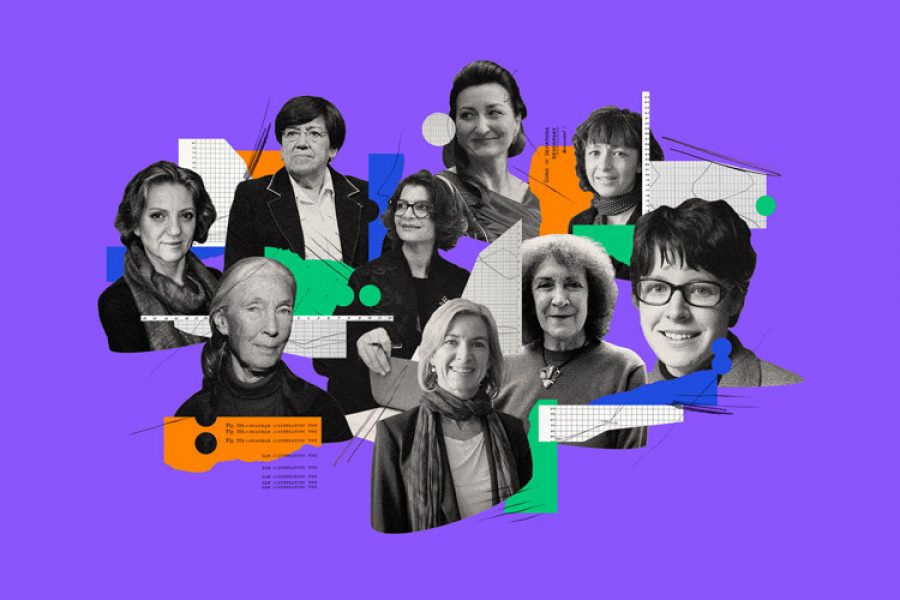One of the biggest problems with studying the phenomenon of drug trafficking in Mexico is the lack of specific data on cartels and the municipalities in which they operate.
“Drug cartels behave like any other company,” explains Fernanda Sobrino, who holds a Ph.D. in Economics and is a professor at Tec de Monterrey’s School of Government and Public Transformation.
However, she ran into a problem when she attempted to prove this premise of comparing drug trafficking to other industries: the data didn’t exist.
Although the Ministry of Security and Civilian Protection and the Ministry of National Defense generate their own statistics, there is restricted access or (as the researcher says) no open data can be found at a specific municipal level.
Algorithms for mapping drug trafficking
Sobrino created an algorithm in the Python programming language that analyzes newspaper articles to a level of detail that allows her to know which municipality they are discussing, which criminal organization, and whether the article refers to a violent act.
“I didn’t just need to scrape the data from the links. Because we live in a country where drug trafficking has infiltrated everything, cartels, and places are often mentioned, even though [the article] has nothing to do with drug trafficking,” explains the professor at the School of Government of the Tec.
Sobrino used this algorithm to write the paper entitled Mexican Cartel Wars: Fighting for the U.S. Opioid Market, in which she argues that a restriction on a legal opioid in the United States in 2010 led to Mexican cartels starting to grow opium poppies.
Before that year, the Sinaloa cartel had dominated this product. By 2016, there were nine organizations present in the municipalities where opium poppies were grown.
“It’s about trying to understand how much a normal company differs from a drug trafficking one, to see whether there are different structures because not all of them operate in the same way. Some operate like a franchise, while others have a vertical structure for trafficking and distributing. Understanding this has value for shaping public policy,” she explains.
AI for reading about political violence in the media
According to consulting firm Etellekt, there were 48 assassinations in the 2018 elections, while there were 36 in 2021. The algorithm created by Fernanda Sobrino attempts to provide a greater understanding of this phenomenon, in which many aspiring candidates and candidates are assassinated every time elections are held.
Incidents in which candidates have lost their lives are recorded by the National Electoral Institute (INE), but it does not mention the reasons for the attacks or record any threats or assassination attempts.
“In that case, I used INE’s voting lists to find the candidates, then searched for news about all of them. After that, I applied an algorithm that distinguishes when there is violence from when there isn’t,” she says.
The researcher is now working on this study, and recently published the paper Artificial Intelligence for measuring political gender violence: A more accurate and efficient alternative. She divides violence against politicians or candidates for public office into three categories: drug trafficking violence, violence between politicians, and gender violence.
The final category, political gender violence, is a concept that came into use in 2020. It refers to violence perpetrated against people who are attacked due to their gender when exercising their political rights to vote or to be elected.
Sobrino herself was surprised by the findings from her research.
“The female candidates who win aren’t given the keys to City Hall. They’re told their place is ‘in the kitchen’ in debates or people make fake pornographic photos of them, which are [attacks] from politicians or former officials,” she says. The professor expects her algorithm to become stronger as the Artificial Intelligence that has learned to read is improved, and it could be used for other informative topics in the news, such as fue
